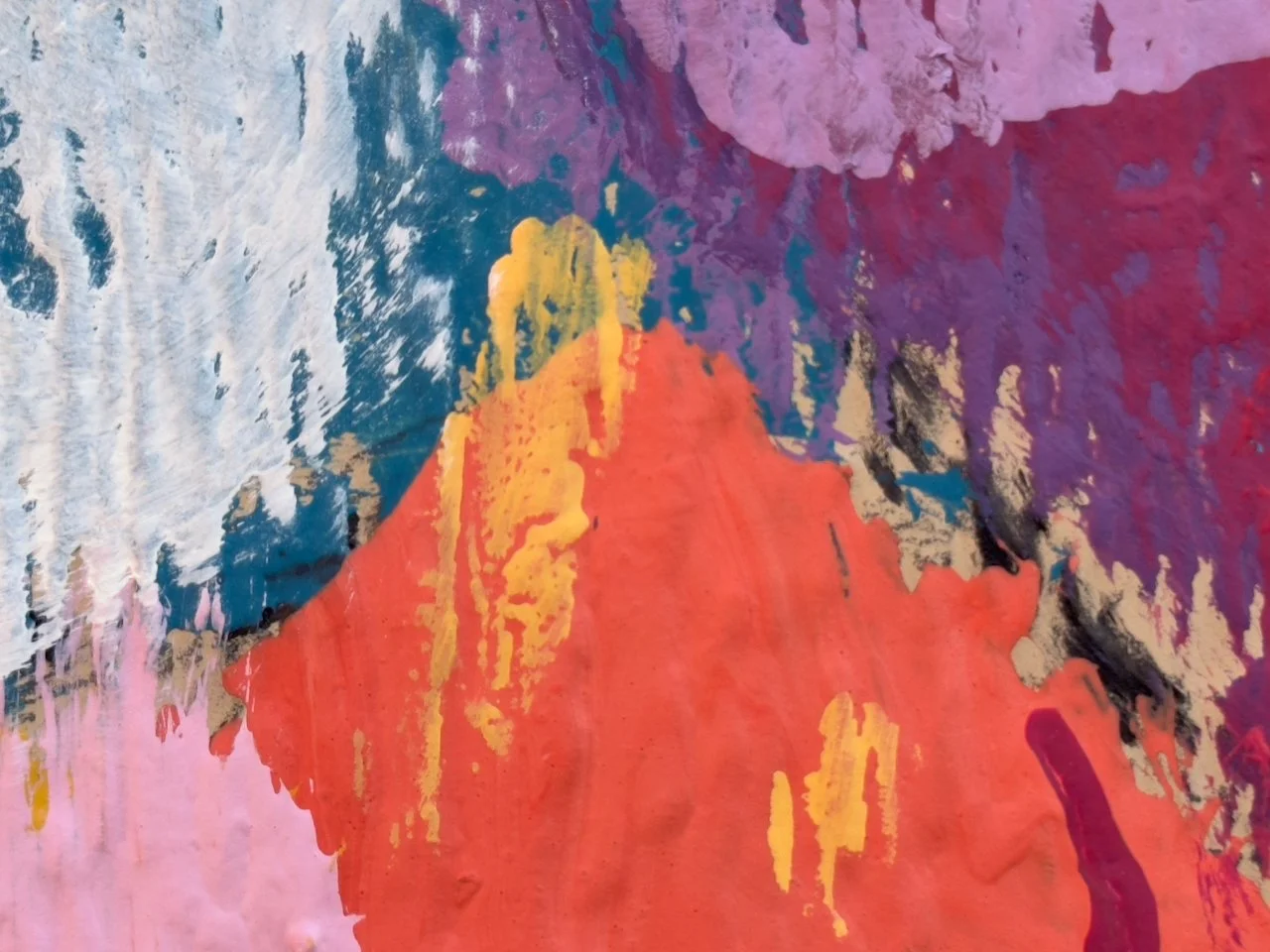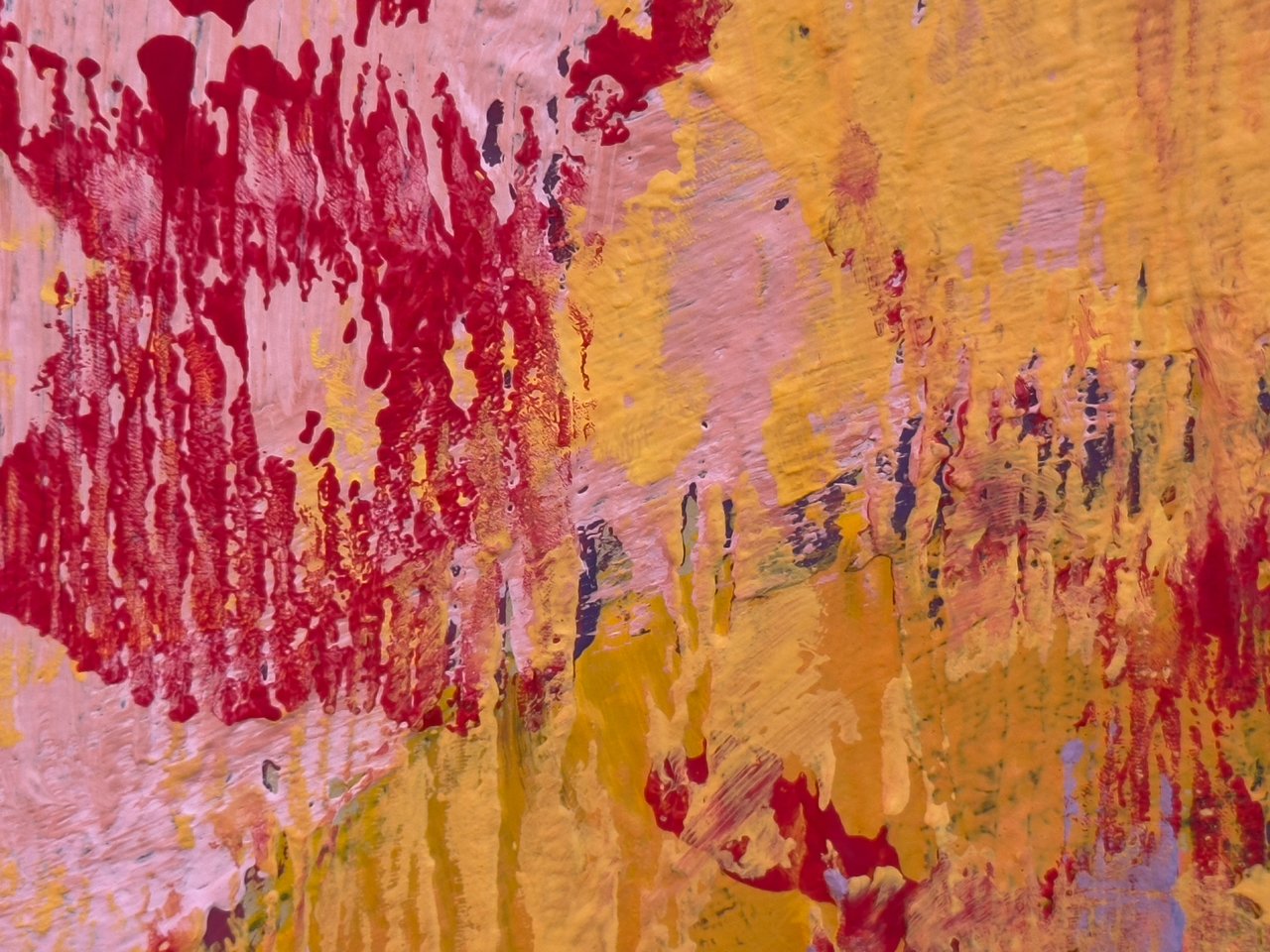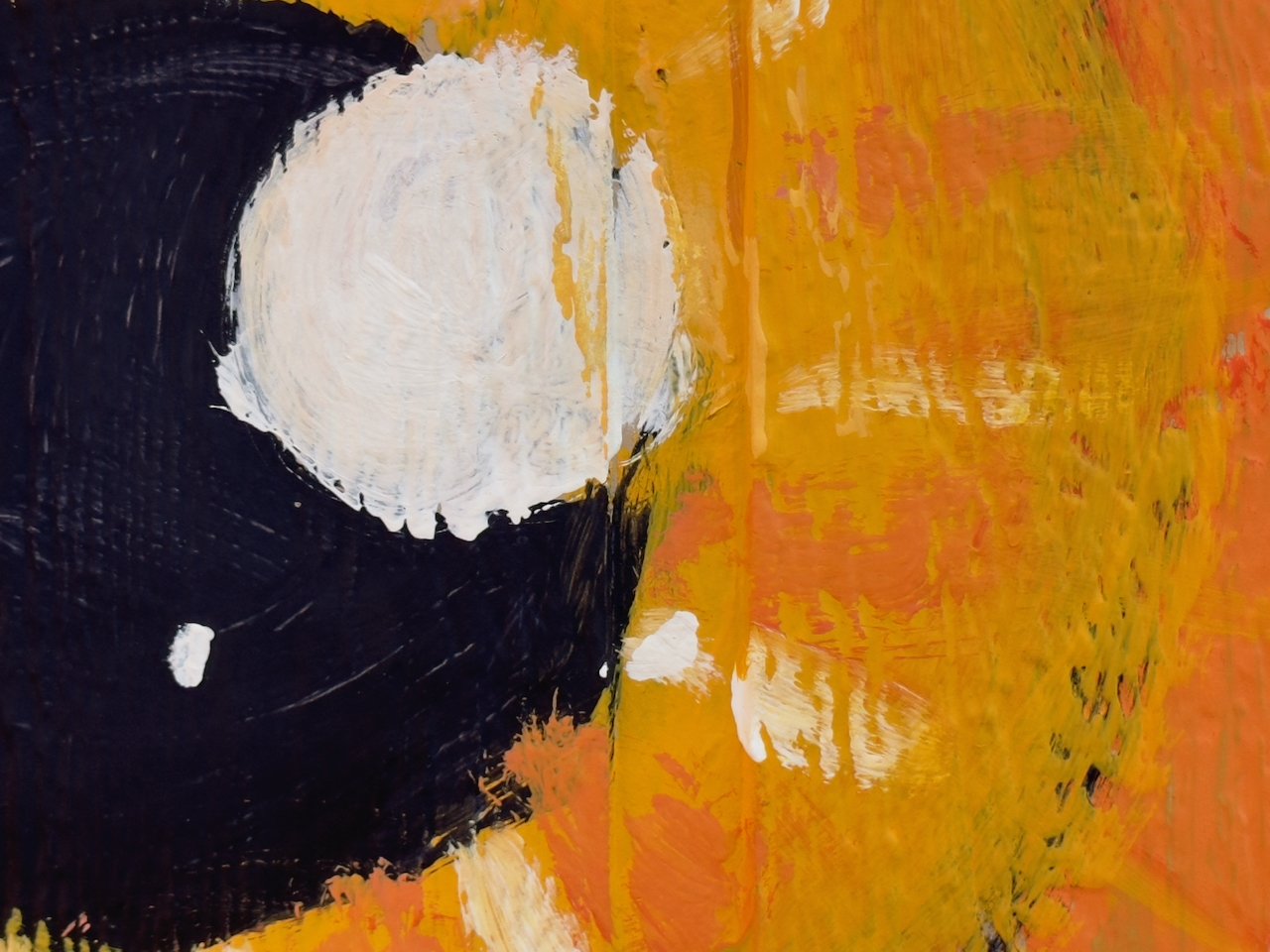Reframing Reality: How Mindful Photography Can Help Us Challenge Cognitive Distortions
The other day, I was digging through my Apple Notes, sifting through the digital attic of my mind, when I stumbled upon a goldmine—an old note on cognitive distortions. If you’ve ever done this, you know the feeling: Did I write this? When? Was I smarter back then? Turns out, it was from about ten years ago, back when I was deep into self-improvement books, journaling furiously, and probably feeling very enlightened.
But what struck me was how relevant it still was. Cognitive distortions—those sneaky little mind traps that warp reality—are still very much alive and well in my head. And I’m guessing I’m not alone. The way we interpret events, the stories we tell ourselves, the meanings we assign to things—this is the battleground of the mind.
And then it hit me: cognitive distortions are a lot like bad photography. You know, like when your camera insists on focusing on the wrong thing, or when you shoot in bad lighting and suddenly everything looks way worse than it actually is. What if mindful photography wasn’t just a creative practice, but a tool to help us reframe our thinking in real-time?
So, let’s dig in—first, I’ll break down cognitive distortions (with a little humor because otherwise, this would be depressing), and then we’ll explore how photography can help us literally and figuratively reframe our experience.
What Are Cognitive Distortions? (Or, How Your Brain Lies to You)
Cognitive distortions are those automatic, knee-jerk thought patterns that twist reality into something much worse than it is. Your brain, in its effort to “help” you, sometimes distorts facts, exaggerates negatives, and conveniently ignores positives. It’s like having a terrible editor for your life story—one who highlights all the bad parts, downplays the good, and generally makes you look like a disaster.
Here are some of the greatest hits:
Diminishing the Positives: “Yeah, I took a great photo, but I just got lucky.”
Overgeneralization: “I messed up one video, so I’ll never be good at YouTube.”
Filtering Out the Positives: “Sure, the sky is gorgeous, but look at that one ugly telephone pole ruining everything.”
Catastrophizing: “My video got fewer views this week… my entire career is doomed.”
Jumping to Conclusions: “That person didn’t comment on my photo. They must hate it. They probably hate me.”
All-or-Nothing Thinking: “If this isn’t perfect, it’s worthless.”
Sounds exhausting, right? And yet, we do it all the time without even noticing. The good news is that, just like in photography, we can reframe these distortions and see reality more clearly.
How Mindful Photography Can Help Reframe Cognitive Distortions
Photography is all about perspective—literally. You take the same scene, shift your position, change your lens, adjust the lighting, and suddenly it’s an entirely different image. The same applies to our thoughts. We can’t always change what happens, but we can change how we see it.
Let’s break down how specific mindful photography practices can help us challenge these cognitive distortions.
1. Diminishing the Positives → Focus on the Beauty in Your Work
Distortion: “Yeah, my photo turned out great, but I just got lucky.”
Ever taken a stunning shot and immediately dismissed it as a fluke? This is the equivalent of looking at a gorgeous sunset and saying, “Eh, it’s just light refraction.”
Photography Practice:
Go through your old photos and pick out a few that you genuinely love. Instead of dismissing them, ask yourself:
What decisions did I make that led to this great shot?
How did my skill, patience, and effort contribute?
What does this image reveal about my artistic eye?
Try this: Spend a day intentionally celebrating your photographic choices. When you capture something beautiful, say out loud, “I saw that. I framed that. I created that.” It’s not luck—it’s you.
2. Overgeneralization → Work the Scene
Distortion: “I took some bad photos today, so I must be a terrible photographer.”
Ever been on a photo walk where nothing seems to work? Every shot looks awkward, lighting is off, and your creative flow feels clogged. Suddenly, you start questioning your entire existence as a photographer.
Photography Practice:
When you’re stuck in overgeneralization, apply the “Work the Scene” technique. Instead of giving up after a few bad shots, force yourself to keep going.
Try different angles.
Change your composition.
Wait for different lighting.
Experiment with motion.
By the time you’ve exhausted every possible way to capture the subject, you’ll likely have found something good. And even if you didn’t, you just proved that one bad shot doesn’t define you—it just means the process isn’t over yet.
3. Filtering Out the Positives → Look for Light
Distortion: “This photo sucks because there’s a trash can in the background.”
Sometimes we get so fixated on one flaw that we ignore everything that’s working. Just like in life, our brains are wired to notice negatives first.
Photography Practice:
Train yourself to focus on the light in every shot.
Literally: Before snapping a picture, pause and look for where the light is hitting. How does it shape the scene?
Figuratively: When reviewing your photos, instead of zooming in on what’s “wrong,” ask yourself, What works in this image?
Try this: Take a “bad” photo and challenge yourself to edit it into something beautiful. Maybe the contrast is striking. Maybe the imperfections tell a story. This is mindfulness in action—choosing to focus on what’s good instead of what’s missing.
4. Catastrophizing → Zoom Out
Distortion: “My last video didn’t perform well. It’s all over for me.”
Ever taken a macro shot and realized later that you completely lost the context of the scene? That’s what catastrophizing does—it zooms way in on one problem while ignoring everything else.
Photography Practice:
When you feel like everything is falling apart, practice zooming out.
Step back from the image and look at it in relation to others.
Take a wider shot of your subject to get perspective.
Remind yourself that this is one moment in a much bigger story.
Apply this to life: When something goes wrong, force yourself to list three things that are still going right.
5. Jumping to Conclusions → Wait for the Shot
Distortion: “I just know today is going to be terrible.”
Ever thought you got a bad shot, only to review it later and realize it was actually great?
Photography Practice:
Instead of reacting instantly, give yourself space.
Before deleting a photo, sit with it for a few seconds.
Before assuming something about your day, wait and see how it actually unfolds.
Try this: Spend a day shooting in manual focus. It forces you to slow down, to really see before you click. Apply the same patience to your thoughts.
Final Thoughts: Photography as a Reframing Practice
Photography isn’t just about capturing images—it’s about training yourself to see differently. Every time you adjust your perspective through the lens, you’re reinforcing the mental habit of reframing reality.
When your thoughts spiral, change your angle.
When you feel stuck, work the scene.
When you focus on the negative, look for the light.
When you’re overwhelmed, zoom out.
When you assume the worst, wait for the shot.
So, the next time your brain feeds you a distorted thought, grab your camera. Instead of just challenging the thought, capture it—frame it, adjust it, reimagine it.
Because in photography and in life, perspective is everything.
If you found this post helpful, you'll love my book, The Mindful Photography Field Guide: 15 Smartphone Photography Practices for Inner Peace. It’s packed with practical tips and inspiring stories. Ready to dive deeper? I also offer one-on-one mindful photography training to help you master skills that lead to inner peace. Reach out to me via my contact form and let’s connect.
Purchase Book: bit.ly/PurchaseMindfulPhotography
Breakthrough Email: JoeVanWyk.com
Free Practice & Monthly Tips: MindfulPhotography.org



